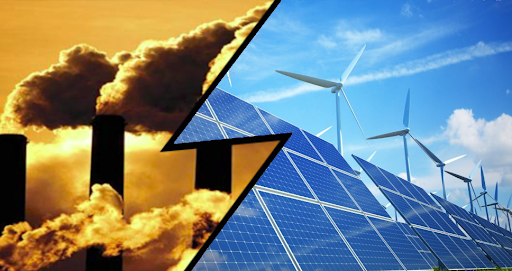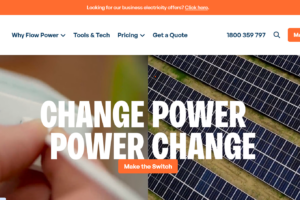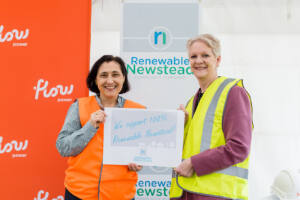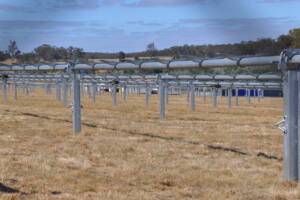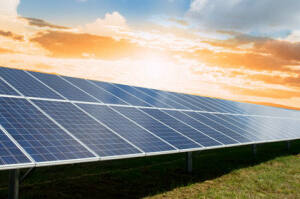I regularly read that the price of renewable electricity is dropping. So, why am I paying an additional five cents a kilowatt hour to buy green electricity? And what does ‘green’ really mean?
This story is about my efforts to understand what is going on.
Electricity can be generated in many ways. By burning coal or gas to create steam that turns turbines that generate electricity; by falling or moving water, like rivers or ocean waves, that turn turbines that generate electricity; by wind that turns turbines; or in the case of solar, by sunlight that agitates the cells in a solar panel to create an electrical current. Of these types of generation, electricity from burning coal or gas is definitely not renewable electricity.
So, how can I be certain I only use renewable electricity in my home? In short, it’s complicated. Electricity moves around through wires on poles, towers and sometimes underground. There are coal power stations, solar panels and wind turbines all generating electricity, as well as some other systems. The electricity from each of these generators flows into the same set of wires, at which point it is simply electricity and how it was generated can no longer be identified.
It turns out that the way we make sure we get renewable electricity is through, what I call, an administrative arrangement (yes really). Each year, the federal government sets a target that tells us the percentage of Australia’s total electricity that must come from renewable sources. For 2021, the target is 33,000,000 MWh, or about 18.5%. Retailers buy this electricity, then resell it to consumers. Needless to say, the retailers want to buy the cheapest electricity they can, and they are free to do this as long as they meet the required percentage of renewable electricity each year and have special certificates to show they have done so.
Happily, the actual percentage of renewable electricity purchased last year was more than the government mandated. This occurred because, at various times, renewable electricity was cheaper for the retailers to buy than non-renewable electricity.
Let’s say I use 4,000 kWh of electricity per year and I want it all to be renewable. I assume that 18.5% of it is renewable because of the government target, and maybe more, but to be absolutely certain all of it is renewable I need my retailer to buy additional special certificates, beyond the 18.5% that they are required to buy. Unfortunately it costs me an extra $0.05/kWh for the administrative system that manages and audits this process but at least I know all my electricity is ‘green’. For 4,000 kWh of electricity per year, the additional cost to make sure it is all renewable would be $200, which is a lot. As more of our energy is renewable, however, I’m hoping this cost goes down.
